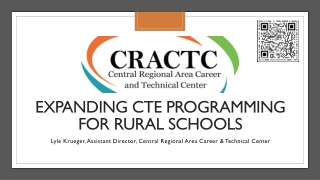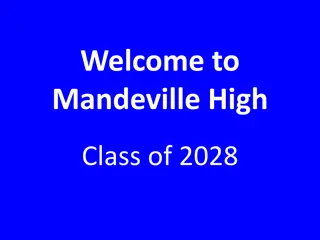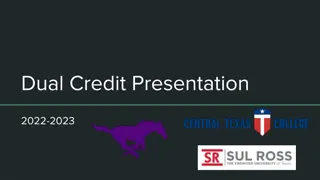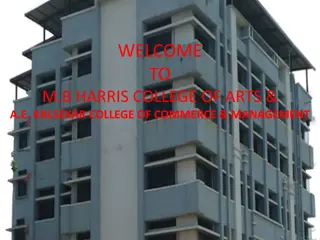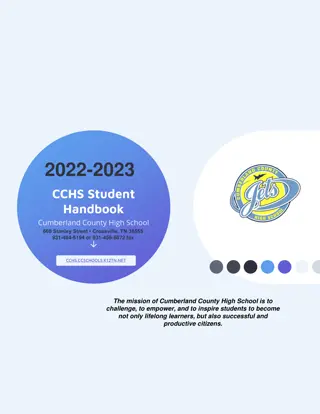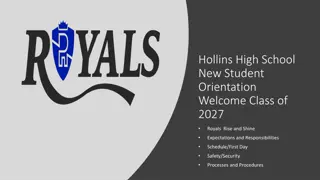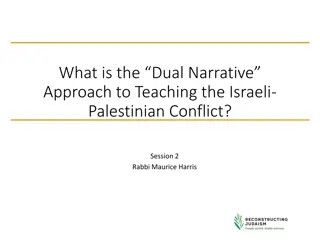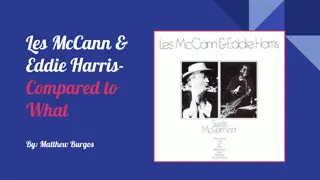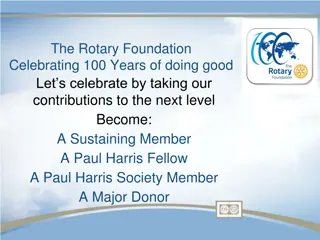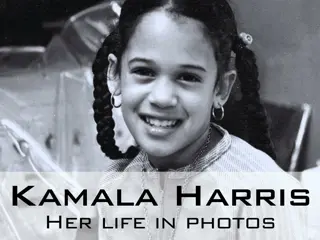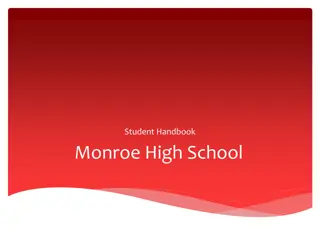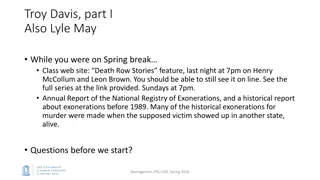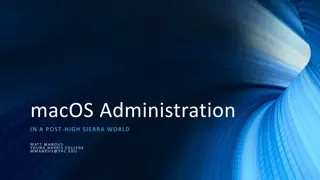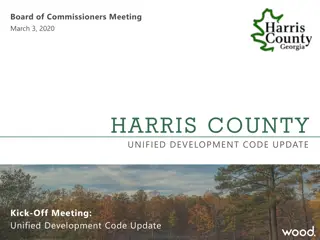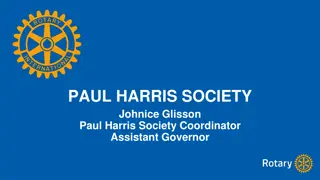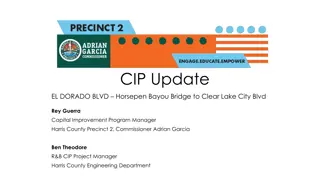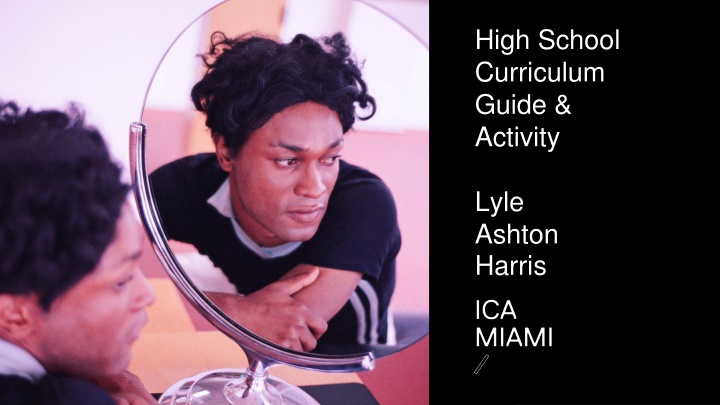
Exploring Lyle Ashton Harris: High School Art Curriculum
Dive into the world of artist Lyle Ashton Harris with this high school curriculum guide. Students will explore Harris's artwork, engage in photography, and analyze themes of identity, ethnicity, and contemporary issues through his lens. This course offers a unique opportunity for creative expression and critical thinking in the classroom.
Download Presentation

Please find below an Image/Link to download the presentation.
The content on the website is provided AS IS for your information and personal use only. It may not be sold, licensed, or shared on other websites without obtaining consent from the author. If you encounter any issues during the download, it is possible that the publisher has removed the file from their server.
You are allowed to download the files provided on this website for personal or commercial use, subject to the condition that they are used lawfully. All files are the property of their respective owners.
The content on the website is provided AS IS for your information and personal use only. It may not be sold, licensed, or shared on other websites without obtaining consent from the author.
E N D
Presentation Transcript
High School Curriculum Guide & Activity Lyle Ashton Harris
Introduction In this course, students learn about the importance of Lyle Ashton Harris artwork and his sources which include the people he knows, gender, ethnicity, and race in relation to contemporary issues. In the first lesson, students use photography to create portraits and explore the medium as a tool for storytelling. In the second lesson, students respond to Lyle Ashton Harris work through writing.
About the Artist Lyle Ashton Harris has cultivated a diverse artistic practice ranging from photography and collage to installation and performance art. Born in New York City in 1965, Harris spent his formative years in Dar Es Salaam, Tanzania. His work explores intersections between the personal and the political, examining the impact of ethnicity, gender, and desire on the contemporary social and cultural dynamic. The exhibition Ektachrome Archive is a series of chromogenic prints selected from the artist s personal archive of 35mm Ektachrome color reversal slides. The archive represents a unique document of ephemeral moments and emblematic figures shot in the 1980s and 1990s against a backdrop of seismic shifts in the art world, the emergence of multiculturalism, the second wave of AIDS activism, and incipient globalization. Bearing witness to a period of seismic shifts the emergence of multiculturalism, the second wave of AIDS activism,
About the Artist and the interconnection of the contemporary art scene with LGBTQ and African diasporic communities the Ektachrome Archive, an ongoing project, documents his friends, acquaintances, family, and lovers with unassuming candor. They include many notable luminaries then on the cusp of ascendency, such as the photographers Nan Goldin and Catherine Opie, artists Glenn Ligon and Ren e Cox, MoMA curator Klaus Biesenbach, writers bell hooks and Essex Hemphill, and filmmaker Isaac Julian. By setting intimate moments alongside landmark events (such as the Black Popular Culture Conference in 1991, the truce between the Crips and the Bloods in 1992, the Black Male exhibition at the Whitney in 1994, and the Black Nations/Queer Nations Conference in 1995), the archive constructs collective and private narratives to comment on identity, desire, sexuality, and loss.
Essential Questions 1. What qualities make a portrait interesting? 2. How can photographs suggest a narrative? 3. How can we analyze photographs to determine fact vs. fiction?
Inquiry Questions 1. What do you notice about the image? 2. What is happening in the photograph? 3. Describe what you know is true and what you infer and provide evidence. 4. What in the photographs give clues to some of the social issues that Lyle Ashton Harris thinks about in his work?
Activity 1 Students will create photographic portraits of people they know. Materials } Polaroids or use a phone/tablet/camera. { Printer (Optional) } Writing materials (Optional)
Activity 1 | Steps 1. Review Lyle Ashton Harris work in the presentation accompanying this course. 2. Students break into small groups to discuss the essential questions and discussion prompts. 3. Reconvene to analyze the work as a class. 4. Discuss what makes a good portrait and how it could be similar or different from many of the posed photos and celebrity photos on social media. 5. Ask students to consider what story they might be telling about the person in the portrait. Could it connect with something happening at school, in the community, or that they care about? Consider photographing school sports teams, science lab, auto shop, or performing arts classes. It can be a nice way to highlight a school program and connect students from different areas. 6. Tell students how many photos to take. 7. Decide how the students will take the photos (outside of class or of each other during class). Instruct them whether they should be posed or candid photos. If candid, they need the person s permission after photographing them or they need to delete the photo (or give it to them or throw it away in the case of a Polaroid). 8. Ater students take the portraits, have a critique to discuss strengths, what they might have done differently, wished they could have captured, or would do if the portraits became part of a series. Ask how the photos compare and contrast with those of Lyle Ashton Harris. The photos can be projected after being collected by the teacher. If printed, they can be hung on a wall or placed on a table. If they were taken on a phone, another option would
Activity 1 | Extension Students can write artists' statements describing their process and results or write about the work of a peer. Students can research one or more of the social issues or well-known figures in Lyle Ashton Harris work and write a report.
Activity 2 Students will create a fictional story about one or more of Lyle Ashton Harris photographs. Materials } Writing materials/computer access
Activity 2 | Steps 1. Review Lyle Ashton Harris work in the presentation accompanying this course. 2. Students break into small groups to discuss the essential questions and discussion prompts. 3. Reconvene to analyze the work as a class. 4. Look at one of the photos and brainstorm together as a class. Describe what is happening. What is the angle of the photo/point of view? How does the lighting affect the mood? What could have happened before, during, and after the photograph was taken? If there is more than one person in the photo, how does the way they are positioned in relationship to each other tell a story? They could imagine a backstory for the characters: where they are from, what their family is like, what they do for a living, and challenges they might face (this can connect with issues of gender, race, and ethnicity). 5. Students create a fictional short story based on a different Lyle Ashton Harris photo. Extension Students can storyboard scenes from their story sequentially, sketching the beginning, middle, and end with at least one scene in between each.

